Whatever your literary preferences, I think it is safe to say we are all familiar with the crack of thunder and the flash of lightning illuminating the looming presence of a brooding Gothic mansion. We know, whether we are reading or watching, that we are in for something scary, mysterious and disturbing. From Horace Walpole’s Castle of Otranto to Susan Hill’s Woman in Black, writers keep plying their art in the Gothic vein and readers keep clamouring for more. But what is it about this particular theme?
I believe that from crime through to horror, mystery, suspense, thriller—and even comedy and romance—Gothic influences unite both readers and writers, whatever their literary preferences. Gothic tropes are our lingua franca. They engage our imagination and pump up the adrenaline in a way few, if any, other themes can. It is, in short, irresistible.
Here I have selected a mere handful of titles—some old and some more recent, along with signposts to a few more in a similar vein (pun may or may not have been intended). This could never have been a comprehensive list—it would take a book to do that—but is merely intended to show that you never quite know where Gothic themes are going to turn up next…

Jane Eyre by Charlotte Brontë
No article on the Gothic would be complete without a mention of at least one of the Brontë classics. Reading this story, some 180 years after it was written, the imposing presence of Thornfield and its terrible secret still have the power to grab and hold the reader. The story is all the more remarkable for having been written by an (as yet) unmarried and, by all accounts innocent parson’s daughter living in a Yorkshire village in the heart of the Pennines.
Yet the strength of the eponymous character shines through. Jane may appear demure on the outside, but inside burns a fire and a stubbornness combined with pride and a fierce capacity to love and be loved.
Here there are storms, ghosts and strange visions, terrible fires, the madness of the first Mrs. Rochester, the symbolic destruction of the magnificent horse chestnut tree, struck by lightning.
In Jane Eyre we have what it means to be Gothic. It is a novel which crosses our modern day genre borders, encompassing mystery, suspense, romance, horror, to name but four. By Victorian standards, Jane breeches the strict moral codes of the time by striking out independently and even behaving in a manner considered quite shocking at the time.
Re-reading it recently for the first time in decades I was struck by quite how dark this story is—and how compulsive.
It is also interesting to contrast and compare this novel with Daphne du Maurier’s Rebecca. The author wrote the definitive biography of tragic Brontë brother, Branwell, and I feel her sense of the Gothic owes a lot to her knowledge of Charlotte and Emily’s greatest novels.
Wuthering Heights screams out for a mention here. Emily Brontë’s sole novel contains some of the strongest Gothic imagery and, as with Jane Eyre, crosses a range of genres from romance, through to mystery, ghost story and suspense.
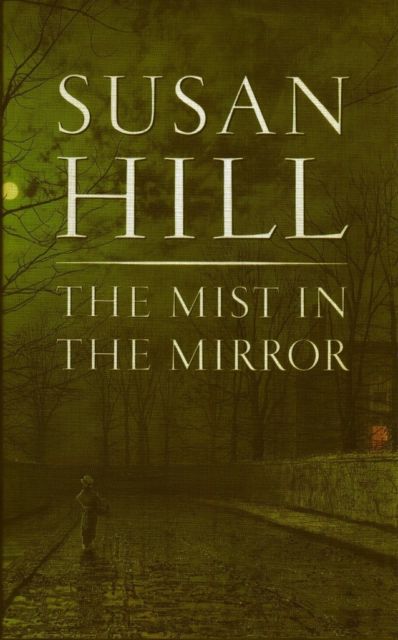
The Mist in the Mirror by Susan Hill
Susan Hill is known for genre-crossing. She has a strong back catalogue of crime fiction, through her detective Simon Serrailler and has written on a host of subjects from a sequel to Rebecca (Mrs deWinter) through to women’s literary fiction (The Springtime of the Year) and stories of life in the countryside (The Magic Apple Tree). Yet it is for her chilling, The Woman in Black that she is perhaps best known these days.
The author has written a number of ghostly and Gothic novels and novellas set in a unique timespan. It is not the present, nor is it easily pinned down to a specific era in the past and has been referred to as ‘Hill-time’. It is steeped in the carriages, horses, dark streets, candles and mysterious forces that characterize the Gothic at its scarily, absorbing best. I could have picked any number of Hill’s stories but there is something enduringly poignant in the story of Sir James Monmouth who returns to England to find out more about himself and his childhood hero, Conrad Vane.
In this story, Hill delivers chills, frights, gut-crunching screams and a mysterious little boy who haunts his every step.
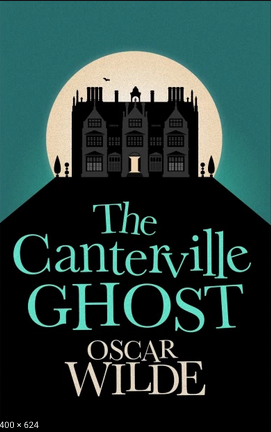
The Canterville Ghost by Oscar Wilde
Oscar Wilde only wrote one full length novel—the dark and scary The Picture of Dorian Gray. Those readers familiar with that work will find his lesser known novella, The Canterville Ghost, a completely different proposition.
The story concerns the American Otis family who move to an archetypal Gothic mansion in England. The entire family—mother father, older son, twin younger sons and a daughter—are all skeptical about ghosts, so poor old long-dead Sir Simon de Canterville has his work cut out. It doesn’t help that he is not a particularly scary ghost. The Gothic elements are all there—from the setting through to the ghost himself—but Wilde brings his own unique brand of wit, humour and razor-sharp writing to bear, creating a timeless comic tale for all ages.
No wonder it has been filmed so often.
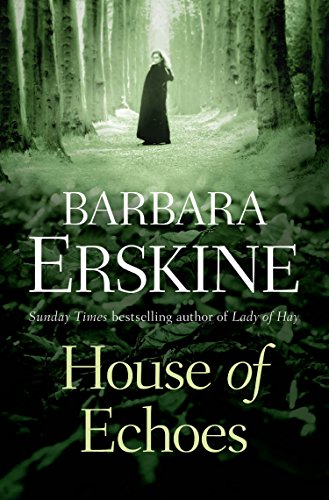
House of Echoes by Barbara Erskine
A historian by training and background, Barbara Erskine has been writing novels for many years now which combine historical fiction with romance, suspense, mystery, psychological drama, horror and hauntings. Some of them—such as Lady of Hay—are on a fairly epic scale. Not all could, by any means be described as Gothic, but House of Echoes has the right elements of a haunted house and creeping dread, mounting fear and an unsolved mystery buried deep in history. In this story though, there is also romance and, in unravelling the house’s secrets, some serious detective work needed, leading one reviewer to remark that it was like ‘Stephen King meets Ruth Rendall’.
Joss Grant inherits a beautiful house on the East Anglian coast—Belheddon Hall. She moves her family there—husband and small son. Echoing voices and something watching her from the shadows lead her gradually to the truth behind her family history.
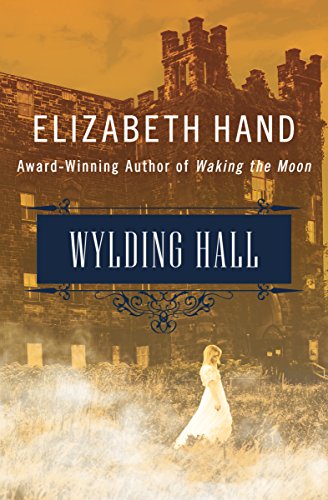
Wylding Hall by Elizabeth Hand
The PS Publishing hardback edition of this modern Gothic novella is a work of art in itself, so for any readers who collect beautiful books, this is a ‘must’ with which to grace your bookshelf.
The story switches between past and present and concerns a rock group who, back in the 1970s, lost one of their founding members. He died in mysterious circumstances. In order to record their album, which sees them established as music legends, they rent the ancient and beautiful Wylding Hall. While they are there though, their lead singer vanishes, never to be seen again.
In the present day, they are gathered back at the Hall where a documentary maker interviews each one of them about their recollections of what happened that fateful night. Needless to say, their recollections differ…
This is an exquisitely written story, that creeps up on you. Here the house is a character in its own right. Again it is a story that crosses genres, while never losing sight of its Gothic roots. It is a supernatural mystery, rooted in folklore, music, mythic legend and symbolism. For such a short story, it packs a great punch and to class it merely as ‘Gothic horror’ is to do it a disservice. Lovers of good storytelling of all genres should find something they love about this.
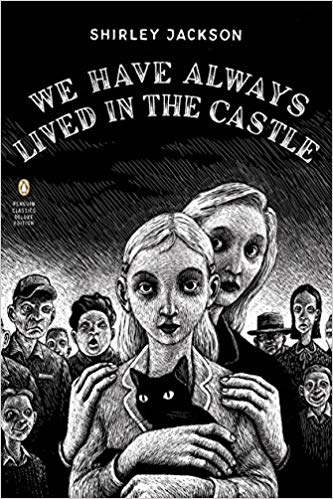
We Have Always Lived in the Castle by Shirley Jackson
At this point, I must pay homage to Shirley Jackson whose The Haunting of Hill House remains one of the benchmarks by which modern Gothic horror is often measured. So enormous has been the impact of her seminal work that her other novels have gone largely unnoticed by any many readers and that is a shame. Jackson aficionados will always argue about which is best but for me, We Have Always Lived in the Castle is a great favourite.
The Gothic flavour is provided by the Blackwood family home and the generations of family members who have each left their own imprint on it. This is a slow burn story of a family—psychological mystery rather than horror. The Blackwoods are a family which closes ranks against any interlopers, however related they may claim to be. They have always lived in the castle—and they intend to stay, whatever the cost.
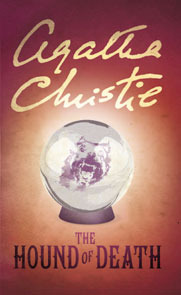
The Hound of Death by Agatha Christie
Remember And Then There Were None? That isolated mansion on the island? Agatha Christie was fascinated by the supernatural and ghostly and her collection of twelve short stories—The Hound of Death—provides ample evidence of this. The story, The Lamp features a haunted house of some antiquity and Gothic presence as does The Strange Case of Sir Arthur Carmichael. That names just two of this unusual collection. If your only experience of Christie has been her crime novels, check out this collection and, while you’re at it, you might give Endless Night a read as well. This is widely regarded as Christie with her spooky and Gothic hat on.
So there we have it. Gothic. It shows up in romance, historical, suspense, thriller, crime, horror and, of course classic literature. I have merely dipped a tiny toe into a massive ocean of amazing writing. Let’s face it—whatever your reading tastes, you’re almost certain to bump into something at least tinged with the Gothic. Embrace it—and enjoy.

















